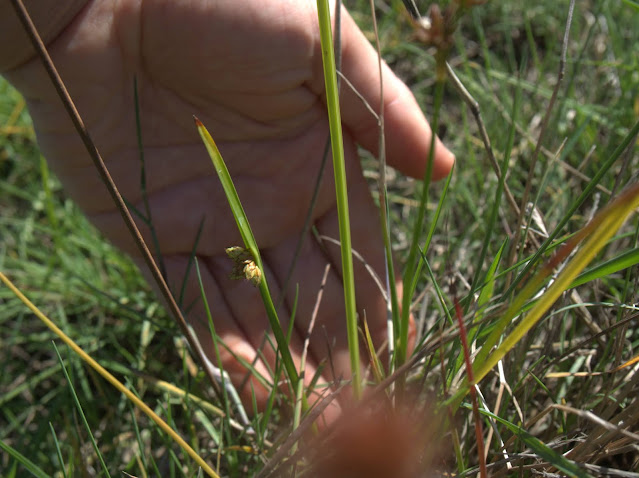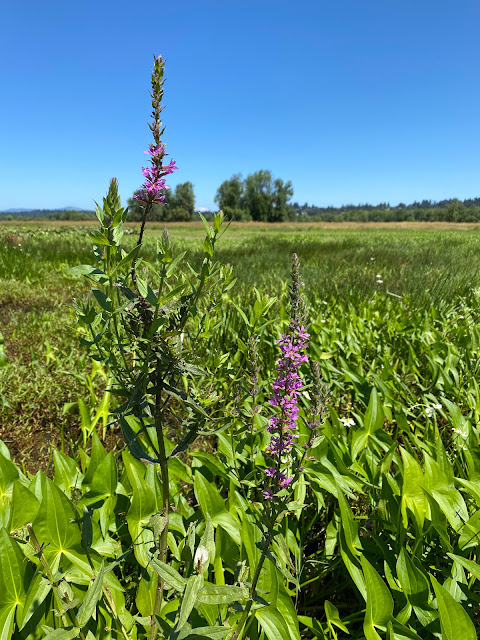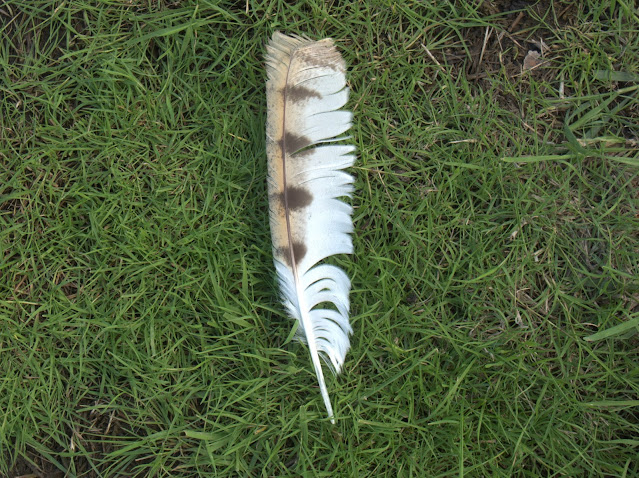September 27, 2020 - Bulrush Monitoring in Wetland #6
For a few bulrush seasons now, the bulrush program has attempted to re-cultivate bulrush seeds in wetland #6 through the process of mowing, disking, and then pumping water back into the field once it is cleared of invasives earlier in the season. Pumping water back into the wetland after the mowing and disking process promotes germination of the bulrush seeds that lay beneath the freshly tilled soil. This technique has allowed more than one generation of bulrush plants to seed in a single growing season. Last year we were able to eradicate 2 generations worth of bulrush in a single season, and this year, we were able to eradicate a total of 3 generations of bulrush plants in a single season. For this reason, wetland #6 has turned into our experimental bulrush growth site.
A Search of Wetland #6
 |
A baby Rice Field Bulrush plant that I found during my search. |
It is important for us to experiment with the longevity and resiliency of rice field bulrush seeds and the corresponding seed bank. Studies show that bulrush seeds can remain dormant for an extended period of time - which can make them exceptionally hard to eradicate once they are established. By manipulating the soil structure and water flow into a wetland - as we have in Wetland #6 - we may be able to mimic the ideal conditions that allow bulrush seeds to germinate even in seasons where bulrush plants would not typically grow. This technique ultimately allow us to be rid of larger portion of the bulrush seed bank in a smaller amount of time.
 |
A wide view of Wetland #6 and the regrowth that is currently taking hold. |


Comments
Post a Comment